Bath tray demand is surging as homeowners seek spa-like bathrooms and convenient self-care rituals; this guide quickly answers what to buy, how to size and secure a tub tray, and which features matter for comfort, wellness, and design.
A bath tray—also called a bathtub caddy or bathtub caddy tray—turns a simple soak into a calm, organized ritual. It holds a book or tablet, keeps a drink steady, and gives your soap, skincare, and candle a home. You get comfort and order without balancing items on a slippery tub edge. If you want a spa feel with little effort or cost, a caddy tray is a smart upgrade.
The global bathtub tray market is around $762 million in 2025 with steady growth projected through 2033. Searches for bamboo and eco-friendly trays climb year after year. That aligns with what people share on social: self‑care nights, “affordable luxury” makeovers, and simple gifts that feel thoughtful. In this guide, you’ll get quick answers first, then deeper buying help, sizing rules, safe setup, and care tips.
You’ll also find impartial comparisons, beginner DIY notes, and practical safety guidance for kids, pets, and electronics. By the end, you’ll know if a bathtub tray is worth it for you, what size to buy, and how to keep it clean and mold‑free.
Quick Answers: Bath Tray Essentials
A great bath tray should elevate your bathtub routine without complicating it. Before diving into detailed reviews and buying tips, here are the essential things you need to know—quick, practical answers to help you choose the right bathtub caddy tray with confidence.
What is a bath tray and why use one?
A bath tray spans your tub and gives you a stable surface for daily essentials. It helps you:
-
Keep items within reach, so you move less and relax more.
-
Avoid drops and spills from the tub edge.
-
Set a mood with candles and tea, or stream a show hands‑free.
-
Keep skincare and soap tidy, so your bathtub looks neat.
Are bath trays worth it? If you enjoy baths, read, stream, journal, or do skincare while soaking, yes. The small cost brings daily comfort, better organization, and a spa look without a remodel.
Who should buy a bathtub caddy?
Most bath lovers benefit, but a bathtub caddy tray is especially useful for:
-
Renters who want an easy upgrade with no drilling.
-
Homeowners and renovators seeking a low‑cost luxury touch.
-
Wellness fans who plan quiet self‑care evenings.
Top 5 benefits at a glance
-
Convenience: Keeps phone, tablet, book, or drink steady and close.
-
Organization: Reduces clutter; soap and skincare have their place.
-
Wellness and relaxation: Supports reading, meditation, and mindful time.
-
Customization: Adjustable arms, device stands, and add‑ons fit your routine.
-
Aesthetics: Adds a spa‑at‑home feel for very little money.
Mini scenarios:
-
Best for reading: Adjustable book rest with page clips and a stable lip.
-
Best for streaming: Splash‑safe tablet holder plus anti‑slip grips.
-
Best for skincare: Multiple wells, drainage slots, and a small towel hook.
-
Best for wine/tea: Secure glass slot or deep cup holder with raised edges.
1‑screen comparison card
Best for readers → tall book rest, page guard, non‑glare angle
Best for tech users → waterproof screen sleeve, cable cutout, anti‑tip feet
Best eco pick → FSC bamboo, low‑VOC finish, replaceable parts
Best for families → rounded edges, clamp‑on or crossbar stability
Best budget tub tray → fixed‑width, basic slots, silicone pads

Market Snapshot & Buyer Insights
The bath tray market has grown beyond simple convenience, blending style, durability, and multifunctional design to match modern bathtub habits. Before comparing materials or features, it helps to understand what today’s buyers actually value.
Key stats to cite
-
Global market size: about $762M in 2025.
-
Growth: conservative 5–7% CAGR projected through 2033.
-
Online marketplaces lead, as shoppers rely on ratings and fast shipping.
-
“Bamboo” and “eco-friendly” searches rise year over year.
Why it matters: inventory and options keep improving, eco choices expand, and real‑world reviews help you avoid flimsy picks.
Demographics & use‑cases
-
Age 25–40 shoppers favor “affordable luxury” upgrades for renovated or rented spaces.
-
Hospitality adds trays to elevate guest rooms without a construction budget.
-
Many buyers treat a caddy as a gift for birthdays, housewarmings, or self‑care kits.
Social signals
Common praise: a calmer routine, cleaner look, and easy storage; big credit to extendable arms and device stands.
Common complaints: wobble on curved or very wide tubs; low-cost plastics can scratch or flex; some wood swells without care.
Bath Tray Buying Guide: How to Choose Your Ideal Fit
Choosing the right bath tray is all about matching design with the way you actually use your bathtub. From materials and adjustability to stability and storage features, small details can make a big difference in everyday comfort. This guide walks you through the key factors to consider so you can pick a bathtub caddy tray that fits your routine perfectly.
Measure your tub correctly
Most returns happen because the tray doesn’t fit. A few quick measurements save time and stress.
Step-by-step:
-
Measure the inside width of the tub at the rim (left inner wall to right inner wall).
-
Note rim shape: flat, angled, or rounded? Fat, narrow, or curved?
-
Check tub type: alcove (standard), freestanding, clawfoot, soaking, or extra-wide.
-
Look for curvature: is the rim curved or sloped? Are the walls uneven?
-
Compare to the tray’s min–max range. For extendable trays, you want your inside width to sit comfortably within the tray’s range, with at least 0.5–1 in (1–2.5 cm) overlap on each side when extended.
-
Consider add‑ons: silicone pads or clamp arms may need extra clearance.
Rules of thumb:
-
Standard alcove tubs: 27–32 in (69–81 cm) inside width; many adjustable trays cover this.
-
Freestanding tubs often run wider: check reach and consider clamp‑on or crossbar trays.
-
Curved rims need better anti‑slip pads and sometimes clamp arms.
Interactive: Fit calculator + decision flowchart
Fit calculator (quick math you can use now):
-
Inside width of tub (in inches) = W
-
Choose a tray whose adjustability range fully covers W.
-
Target overlap per side when set on the tub: 0.5–1 in.
-
If W is near the upper limit, confirm the tray still has rubber grips on the rim at that width.
Decision flow:
-
If your tub is curved or very wide → consider clamp‑on arms or trays with a stabilizing crossbar.
-
If you stream or read often → prioritize a sturdy, adjustable device/book stand.
-
If you have kids or pets → pick raised edges, deeper wells, and a clamp-secured or heavier model.
-
If eco values matter → look for FSC‑certified bamboo or reclaimed wood with non‑toxic finishes.
-
If storage is tight → fold‑flat stands and removable caddies help.
Prioritize by lifestyle
Readers: You want a tall, non‑glare book rest with page clips and an anti‑slip ledge.
Streamers: Choose a waterproof tablet sleeve or rigid stand with a lip and side splash clearance.
Skincare lovers: Pick multiple small compartments, drainage slots, and a towel/loofah hook.
Wine/tea fans: A deep cup holder or stem‑glass slot with a raised rim cuts spill risk.
Meditation and journaling: A smooth, warm-to-touch surface like wood reduces noise and feels calm.
Will a bath tray fit a curved or extra‑wide tub?
Yes, but measure and match the design. For curved rims, look for thick silicone pads, clamp‑on arms, or trays with an under‑rail or crossbar that locks against the inside of the tub. For extra‑wide tubs, check extended max width and confirm the center section remains stable when fully extended. Consider adding separate anti‑slip pads if your rim is glossy or sloped.
Types, Materials, and Comparisons
Bath trays come in a wide range of styles and builds, each offering different strengths for comfort, durability, and everyday use. Understanding the main types and materials helps you compare options more clearly—whether you prefer a minimalist wooden caddy, a modern metal tray, or an expandable design with extra features. Here’s what sets them apart and how to choose the one that fits your bathtub lifestyle.
Bamboo vs. hardwood vs. plastic vs. metal vs. acrylic
-
Bamboo: Light, warm look, popular eco pick, good value. Needs sealing or oiling to fight water and mold.
-
Hardwood: Durable and long‑lived with the right finish; heavier and often pricier. Warm, quiet feel.
-
Plastic: Lowest price and very light; can flex or scratch and may look less premium.
-
Metal: Strong and sleek; can be noisier and prone to rust without coating; often modern or industrial style.
-
Acrylic: Clear or tinted, smooth, modern look; moderate weight; can show scratches if cleaned with harsh pads.
Ergonomics: Wood and bamboo absorb tiny vibrations and feel quieter under cups and devices. Metal can ring or clink with movement. Acrylic is smooth but can be slippery if not textured or fitted with pads.

Eco and biophilic options
If sustainability matters, look for FSC or PEFC certification on bamboo and wood, low‑VOC or food‑safe finishes, and replaceable parts. If you live in a very humid area, add a dehumidifier or run the bathroom fan to protect wood trays. Dry your tray upright after use to reduce mold risk. According to the U.S. Environmental Protection Agency (EPA), controlling moisture and ensuring proper ventilation are key to preventing mold growth in indoor spaces.
Pros/cons, price ranges, maintenance, expected lifespan by material
| Material | Pros | Cons | Typical Price (USD) | Maintenance Level | Expected Lifespan | Best for |
|---|---|---|---|---|---|---|
| Bamboo | Light, affordable, eco appeal | Needs sealing/oiling; can swell if left wet | 25–80 | Moderate (oil/seal 2–4x/yr) | 2–5 years | Eco value, renters |
| Hardwood | Very durable, warm feel | Higher price, heavier | 60–200+ | Moderate to high (re-seal 1–2x/yr) | 5–10+ years | Long term, premium look |
| Plastic | Cheapest, very light | Can flex/scratch, less premium look | 15–40 | Low (simple wipe-down) | 1–3 years | Tight budgets, light use |
| Metal | Strong, sleek | Can rust without coating; noisy | 30–120 | Low to moderate (dry after use) | 3–8 years | Modern style, firm support |
| Acrylic | Clear, modern, smooth | Shows scratches, can be slick | 30–100 | Low (avoid abrasive pads) | 3–6 years | Minimalist style, easy care |
Prices and lifespans vary by build quality and care. Proper drying extends the life of all trays.
Are bamboo bath trays waterproof and mold‑resistant?
Raw bamboo is not waterproof. With the right finish—like a sealant or oil—and good drying practice, bamboo resists water and mold well. Wipe it after use, stand it on edge to dry, and re‑oil or re‑seal on a routine schedule. Good airflow matters as much as finish.
Features, Accessories, and Tech Integration
Modern bath trays do more than hold your book or drink—they combine thoughtful features, handy accessories, and even tech-friendly designs to enhance your bathtub experience. From adjustable device stands and cup holders to drainage channels and waterproof tablet sleeves, knowing which elements matter for your routine helps you pick a caddy tray that keeps everything secure, organized, and enjoyable.
Must‑haves
-
Extendable arms: Adjust to your tub and add stability.
-
Anti‑slip grips: Silicone pads help on smooth or curved rims.
-
Adjustable book/device stand: Angle control, sturdy lip, and page clips are helpful.
-
Wine glass slot or deep cup holder: Reduces spill risk.
-
Phone well with splash protection: A small ridge or cover keeps spray off your screen.
Nice‑to‑haves
-
Removable soap caddy: Easy to clean and reposition.
-
Drainage channels: Help water run off and protect finishes.
-
Candle recess: Holds a small candle safely in place.
-
Towel/loofah hook: Keeps tools within reach.
-
Fold‑flat storage: Ideal for small bathrooms.
Electronics safety
Tech and water don’t mix. Use a waterproof tablet sleeve, set screens outside direct splash zones, and avoid charging cords near the tub. If a device must be nearby, route cables high and dry, use a drip loop well away from water, and keep outlets protected. Steam can affect electronics too; give devices a cool‑down spot after your bath.
Enhance Your Bath Tray Experience with the Right Bathtub
For the ultimate bath experience, pairing your bath tray with a well-designed bathtub makes all the difference. A deep, freestanding or alcove bathtub provides the perfect foundation for your caddy tray, giving you enough space for books, devices, drinks, and candles while ensuring stability and comfort. Whether you prefer a classic soaking tub or a modern spa-style design, investing in a quality bathtub enhances both relaxation and the functionality of your bath tray setup.
Safety, Care, and Troubleshooting
A bath tray can enhance your bathtub experience only if it stays safe, stable, and well-maintained. Understanding how to prevent slips, protect materials, and troubleshoot common issues ensures your caddy tray remains a reliable companion for relaxation. This section covers practical tips for stability, cleaning, mold prevention, and keeping electronics safe around water.
Stability on curved/wide tubs
For curved rims, pick thicker silicone pads and consider clamp-on arms. For very wide tubs, verify the tray’s max extension and check that the middle panel stays rigid when extended. Spread weight evenly. Put heavier items like cups toward the center. If your wine glass holder is off to one side, balance it with your book or soap on the other side.
Maintenance by material
-
Bamboo and wood: Wipe dry after each use. Stand upright to air dry. Re‑oil with food‑safe mineral oil or re‑seal per the maker’s guidance.
-
Metal: Dry surfaces and check for chipped coating; touch up to avoid rust.
-
Acrylic and plastic: Rinse and wipe; avoid abrasive pads to prevent scratches.
Use mild, non‑toxic cleaners. Harsh chemicals can strip finishes or cloud acrylic. Good ventilation helps control moisture while you bathe and after.
Troubleshooting
-
Slipping: Add silicone pads or non‑slip stickers under the arms.
-
Wobble: Re-center the tray, reduce over‑extension, or switch to a clamp‑on model.
-
Swelling (wood): Dry fully, sand lightly if needed, and re‑seal.
-
Finish wear: Clean, dry, and re‑oil/re‑seal.
-
Mildew: Wash with mild soap, rinse, dry, then improve airflow and reduce standing water.
-
Weight limits: Follow maker guidance; many trays support personal items but not heavy loads.
-
Electronics: Keep devices inside a waterproof case and never charge them over water.
Is it safe to use a bath tray with kids or pets around?
Yes, with care. Always supervise bath time. Use non‑slip grips and clamp arms, avoid candles and sharp tools, and keep hot drinks away. Store the tray upright and out of reach after use. If pets jump near the tub, pick a heavier or clamp‑secured tray.

Style, Decor, and Use Ideas
A bath tray isn’t just functional—it can also elevate the look and feel of your bathtub space. From minimalist designs to natural spa vibes or family-friendly setups, choosing the right style and arranging accessories thoughtfully transforms everyday baths into relaxing, visually pleasing rituals. Here are ideas to inspire both decor and self-care routines.
Setup ideas
-
Minimalist: Matte black or white metal or acrylic with clean lines and a single candle.
-
Natural spa: Bamboo tray, eucalyptus, soft cotton towel, herbal tea.
-
Glam: Brass‑tone metal or rich hardwood, stone coasters, a small flower stem.
-
Family‑friendly: Rounded edges, deep compartments, a simple hook for a washcloth.
Tie the finish to hardware tones (black, chrome, brass) and mirror frames. Warm woods soften cool tile; acrylic keeps bold tile as the star.
Self‑care rituals
Set a simple routine you look forward to. Brew tea, play calm music, and use the device stand for reading or journaling. Add a face mask, a small candle, and a soft cloth. Keep it simple, repeatable, and free of clutter.
Case examples
Homeowners often call a bathtub tray the “one thing” that made their bath feel like a retreat. Hospitality pros add trays to suites for instant impact: a folded towel, travel‑size bath salts, and a discreet cup holder telegraph care without a remodel.
Comparative Review Approach (Impartial, Non‑Affiliate)
When choosing a bath tray, it’s easy to get distracted by brand names or flashy marketing. By highlighting what truly matters in everyday use, you can make an informed decision and pick a bathtub caddy tray that fits your routine without relying on endorsements or affiliate recommendations.
Criteria to compare leading trays
Focus on the things you feel and use every bath:
-
Stability on curved and standard tubs
-
Adjustability range and grip quality
-
Materials and finishes for your climate and routine
-
Waterproofing details (drainage, coatings)
-
Useful accessories (device stand, cup holder, soap caddy)
-
Warranty and replaceable parts
-
Verified user ratings that mention your tub type and use case
Representative models (A–H)
| Model | Standout Features | Pros | Cons | Best For | Price Band (USD) |
| A | Wide adjustability, silicone pads | Fits many tubs, steady grip | Basic stand angle | Families, curved rims | 35–60 |
| B | Tall book rest, page clips | Great for readers | No cup holder | Readers, students | 25–45 |
| C | Waterproof tablet sleeve | Strong tech safety | Heavier | Streamers, tech users | 50–90 |
| D | Crossbar stabilizer | Very stable | Slower to set up | Extra‑wide tubs | 60–110 |
| E | FSC bamboo, oil finish | Eco value | Needs routine oiling | Eco‑minded buyers | 30–70 |
| F | Acrylic, fold‑flat stand | Easy to store | Can scratch | Small bathrooms | 30–65 |
| G | Metal with powder coat | Sleek, strong | Can feel cold/noisy | Modern decor | 40–85 |
| H | Hardwood, deep cup well | Long‑term durability | Higher price | Premium look, gifts | 80–160 |
These snapshots show how to weigh features without chasing a brand name. Read a few recent reviews that match your tub type before you click buy.
Where can I find reliable reviews of tub trays?
Check large marketplace listings that show verified purchases, home improvement forums with photos, and design community threads that mention real tub types and dimensions. Look for details on stability and care—not just looks.
DIY, Sustainability, and Accessibility
Bath trays can be more than a purchased accessory—they offer opportunities for personalization, eco-conscious choices, and accessible design. Whether you’re considering a beginner-friendly DIY project, selecting sustainable materials, or looking for features that make your caddy tray easier to use for everyone, this section explores ways to make your bathtub setup functional, stylish, and inclusive.
DIY tub tray basics
A beginner‑friendly wood tray can be a weekend project. Work slowly, sand smooth, and use a water‑resistant finish.
Basic steps:
-
Choose wood: sealed hardwood or laminated bamboo board.
-
Cut to length: match your tub’s inside width plus 2–4 in (5–10 cm) for overhang and grips.
-
Add underside rails: two thin strips spaced to sit inside the tub rim to stop side‑to‑side slide.
-
Sand all edges smooth; round corners for safety.
-
Drill drainage slots under soap areas.
-
Finish: apply low‑VOC sealer or food‑safe oil in thin coats.
-
Add silicone pads on contact points.
-
Optional: simple book rest with a hinged ledge and a small lip.
Keep screws and metal parts away from areas that touch water. Let finish cure fully before use.
Sustainable choices
-
Material: FSC/PEFC bamboo or reclaimed hardwood.
-
Finish: low‑VOC or food‑safe oils and water‑based sealers.
-
End‑of‑life: sand and refinish rather than toss; donate if still solid; recycle metal parts.
Accessibility tips
-
Choose wide handles or cutouts for a firm grip.
-
Use high‑friction silicone pads and clamp‑on arms for stability.
-
Pick lightweight materials if hand strength is limited.
-
Add raised edges to prevent items from sliding off.
-
Keep setups simple: one drink, one towel, one device. Less clutter is safer.
“Find your perfect tray” quiz + AR preview suggestion
Quiz idea:
-
What’s your tub inside width?
-
Is the rim flat, angled, or curved?
-
Do you read, stream, or do skincare more?
-
Do you need clamp‑on stability or fold‑flat storage?
-
Do eco materials matter?
AR idea: Use your phone to view a simple tray silhouette on your tub to check width, reach, and style.

Final Quick Checklist
-
Measure inside width and note rim shape.
-
Choose your material and care level.
-
Pick must‑have features (device stand, cup holder, anti‑slip).
-
Confirm stability for curved or wide tubs (pads or clamps).
-
Plan drying and storage spot to prevent mold.
Short FAQs
1. Are bath trays worth it?
Absolutely—if you enjoy taking baths regularly, even once or twice a month, a bath tray can make a surprisingly big difference. It transforms your soak into a more organized, spa-like experience by keeping essentials like books, tablets, drinks, and skincare products within reach. You no longer have to balance items on the slippery tub edge or risk spills. Beyond convenience, a caddy tray adds a touch of style, helping your bathroom feel more like a personal retreat. For a relatively low cost, you gain comfort, better organization, and a calm atmosphere that can turn a simple bath into a restorative ritual. Many users report that having a tray encourages them to carve out quiet, self-care time more often.
2. What is the best material for a bath tray?
Choosing the right material depends on your priorities: care, durability, and style. Bamboo is lightweight, affordable, and eco-friendly; with routine oiling, it resists water and mold reasonably well. Sealed hardwood offers the longest lifespan and a warm, luxurious feel, but it’s heavier and requires occasional maintenance. Acrylic and coated metal are easy to wipe clean, modern in appearance, and generally low maintenance, though acrylic can scratch and metal may feel cold. Consider your bathroom climate—humid rooms benefit from more airflow and careful drying. By matching material to your routine and environment, you ensure your tray remains functional, stylish, and long-lasting, turning everyday baths into enjoyable rituals.
3. How to stop a bath tray from going mouldy?
Mold prevention relies on keeping your tray dry and well-ventilated. According to the U.S. Environmental Protection Agency (EPA), controlling moisture and proper airflow are essential to prevent indoor mold growth. Between baths, stand your tray upright and run the bathroom fan during and after bathing. Consider drainage slots under soap dishes or using a soap saver to reduce water pooling. For wooden trays, routine resealing or oiling protects the surface, while checking hidden areas like under rails prevents hidden mold spots. If you notice any growth, clean it immediately, dry thoroughly, and improve ventilation. Consistent preventive steps not only keep the tray hygienic but also extend its lifespan and maintain a safe, pleasant bath environment.
4. How to install a bathtub caddy?
Installing a bath tray is straightforward, but proper setup ensures stability and safety. Start by extending the arms slightly wider than your tub’s inner width and place the tray so the silicone or rubber pads rest evenly on the rim. Center it carefully, then check for wobble. If your tray has clamp-on arms, secure them snugly, and double-check that the tray remains level. Before adding heavier items like a glass or tablet, test it with light objects to ensure balance. Taking these simple steps prevents tipping or slipping, especially on curved or sloped rims. A well-installed tray stays stable even during active use, letting you relax without worry. Over time, small adjustments or periodic tightening of clamps can maintain a perfect fit.
5. How to clean a bathtub caddy?
Cleaning a bath tray is easier than it sounds, and regular maintenance extends its life. After each bath, wipe off any water and stand the tray upright to dry. Weekly, give it a gentle wash with mild soap and warm water, rinse, and dry thoroughly. For wood or bamboo trays, monthly oiling or sealing keeps the material from drying out or swelling, and sanding minor rough spots helps maintain a smooth surface. Avoid bleach or harsh chemicals, which can damage finishes or haze acrylic surfaces. Consistent care prevents mold, preserves appearance, and ensures the tray stays safe for devices, drinks, and other items. A simple cleaning routine makes your bath experience more hygienic and relaxing.
6. What are the benefits of using a bathtub caddy?
Using a bathtub caddy brings multiple benefits that make bath time more enjoyable and organized. First, it keeps your essentials—books, tablets, drinks, and skincare—within easy reach, so you don’t have to balance items on slippery edges or interrupt your soak. This added convenience reduces spills and mess, helping maintain a clean, tidy bathroom. Second, it enhances relaxation and wellness: you can read, stream, meditate, or enjoy a warm drink hands-free, turning a simple bath into a spa-like experience. Third, it improves safety and stability, especially for curved or wide tubs, when equipped with anti-slip grips or clamp-on arms. Finally, a stylish caddy tray elevates your bathroom’s look with minimal cost, adding a sense of luxury and thoughtful design. Overall, it’s a small investment that enhances comfort, organization, and the overall bathing experience.
7. What are the benefits of using a bathtub tray?
A bathtub tray adds convenience, style, and organization to your bathing routine. It provides a stable surface for holding books, tablets, drinks, candles, and skincare items, so you don’t have to balance things on the tub edge or risk spills. This keeps your bathroom cleaner and your soak more relaxing. Beyond practicality, it encourages mindful self-care, allowing you to read, journal, meditate, or enjoy a warm drink hands-free, creating a spa-like atmosphere at home. Many trays also feature adjustable arms, anti-slip grips, and drainage channels, improving safety and stability, especially on curved or wider tubs. Additionally, a well-chosen tray enhances bathroom aesthetics with materials like bamboo, hardwood, or acrylic, giving a small but noticeable luxury upgrade. In short, a bathtub tray turns ordinary baths into organized, enjoyable, and relaxing experiences with minimal effort.
8. What are the different types of bathtub trays?
Bathtub trays come in several styles to suit different tubs and uses. Fixed-width trays are simple and budget-friendly, perfect for standard tubs without curved edges. Extendable trays are the most popular, fitting a variety of tub widths while providing adjustable stability. Clamp-on or crossbar trays are designed for wider or curved tubs, offering maximum security. Niche organizers, such as corner or side-sit trays, are ideal for small or uniquely shaped bathtubs. Each type has trade-offs in adjustability, weight, and ease of storage, so selecting the right one ensures your bath tray complements your tub and your bathing habits, keeping essentials close and safe without compromising style or comfort.
9. How to choose a bathtub tray?
Choosing the right tray starts with measuring your tub carefully, noting width and rim shape, then comparing it to the tray’s adjustable range. Consider which features matter most: a book or device stand, cup holders, drainage channels, or anti-slip grips. Match the material to your care preferences and bathroom environment, accounting for humidity or heavy use. For curved or wide tubs, choose trays with clamp-on arms or extra stabilization. By prioritizing lifestyle needs alongside material, size, and grip features, you pick a bathtub caddy tray that fits your routine, ensures safety, and enhances your relaxation. The right choice transforms a simple soak into a well-organized, enjoyable ritual.
References

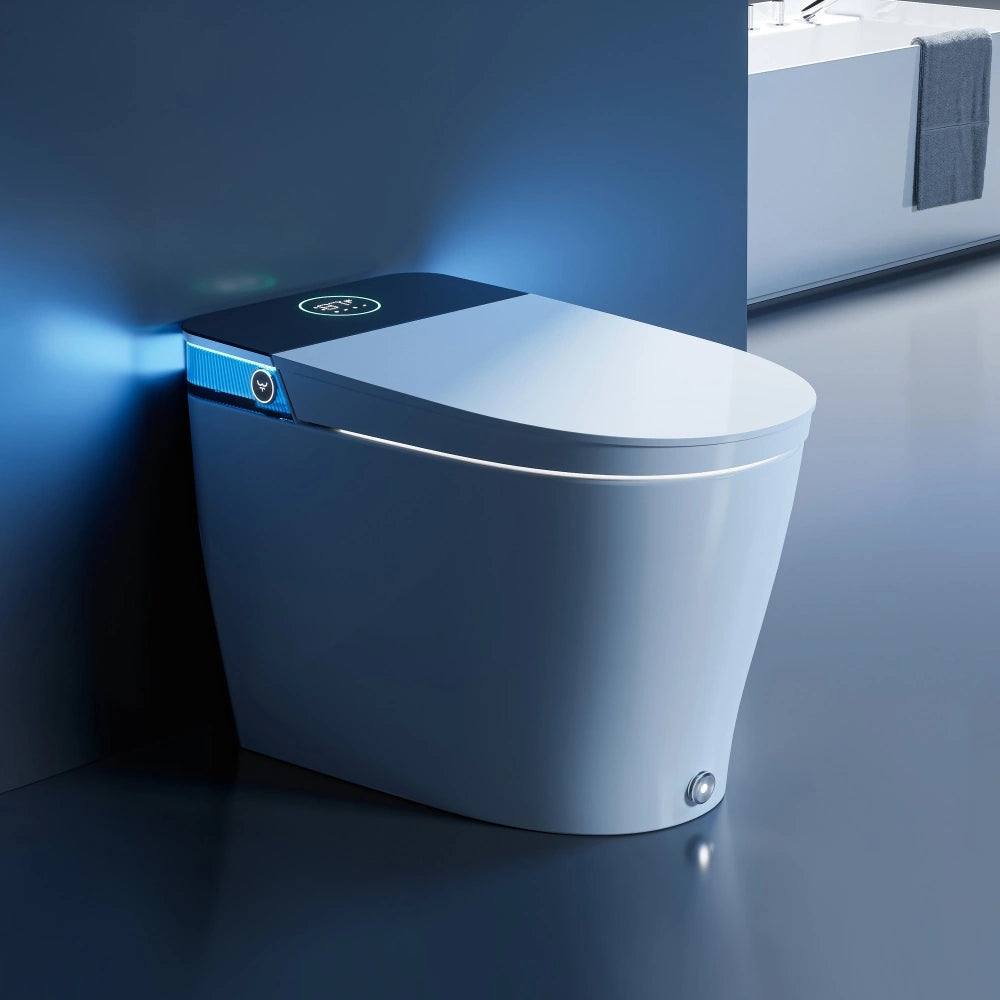
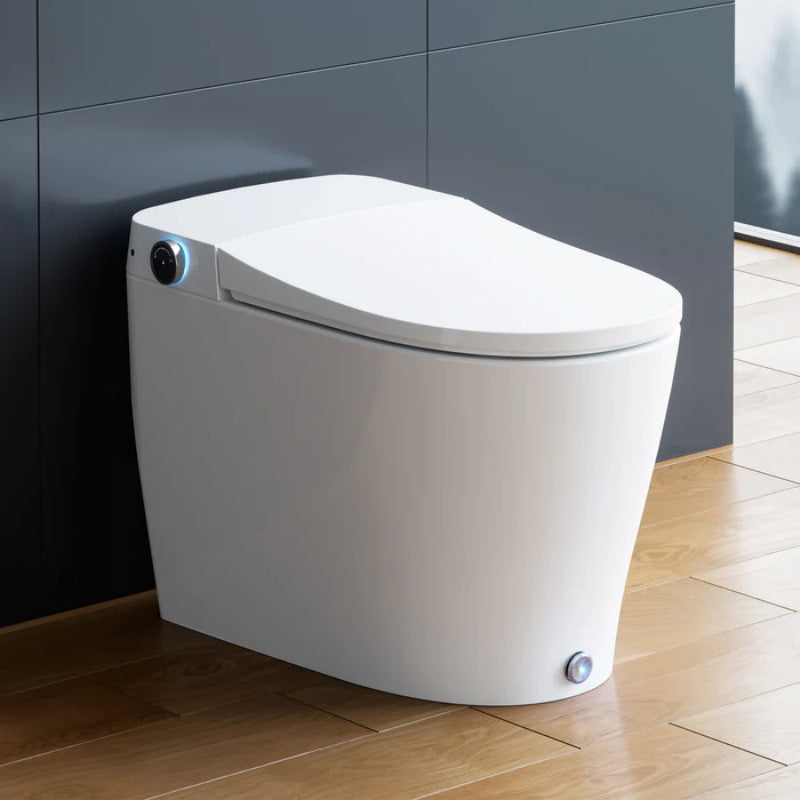
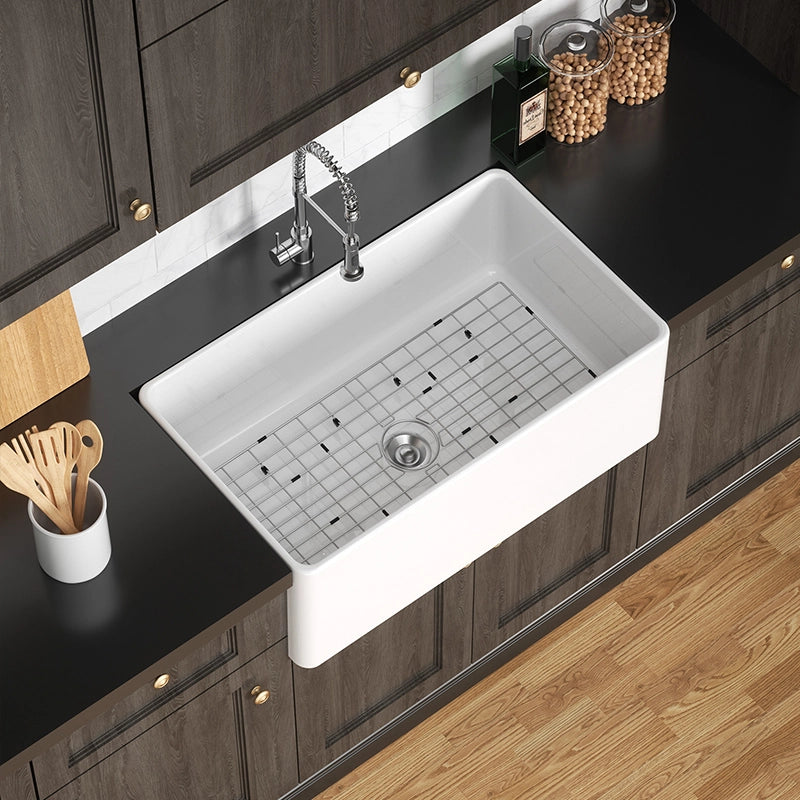

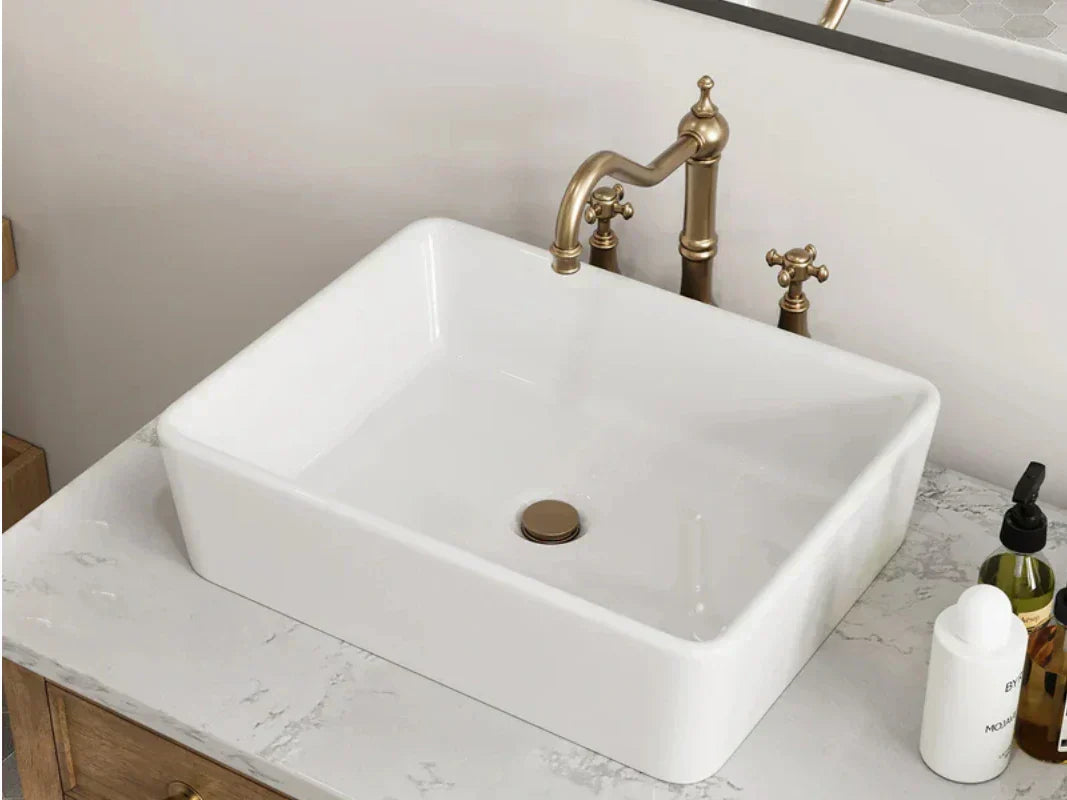
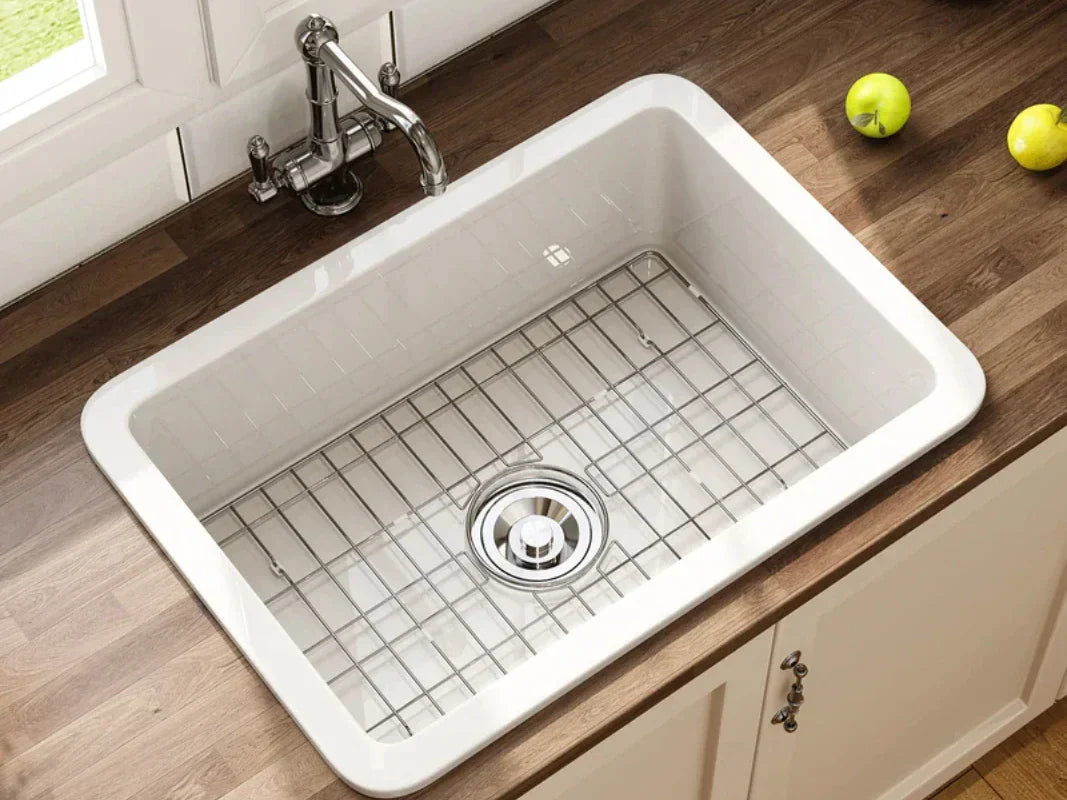

Leave a comment
This site is protected by hCaptcha and the hCaptcha Privacy Policy and Terms of Service apply.